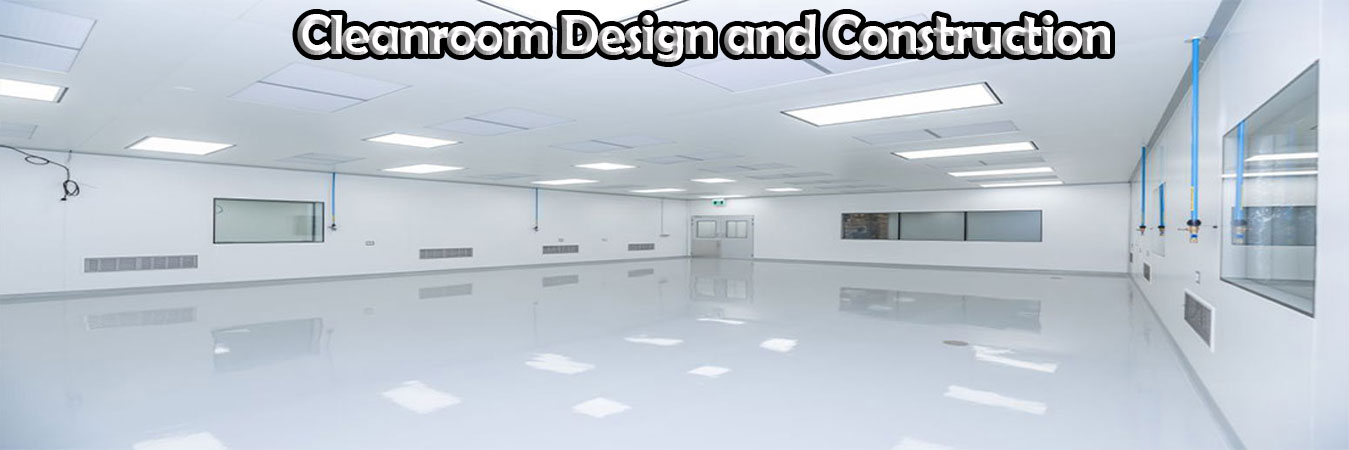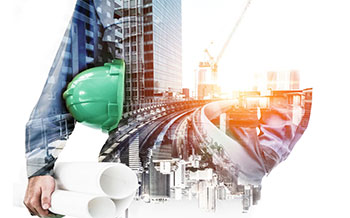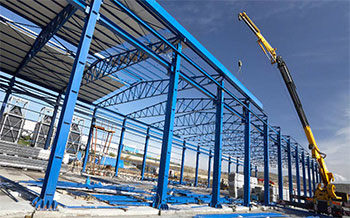
CLEANROOM DESIGN AND CONSTRUCTION

Cleanrooms are critical environments used in various industries, such as pharmaceuticals, electronics, aerospace, and healthcare, where the utmost cleanliness, precision, and quality are required. These controlled environments are designed and constructed to minimize the presence of airborne particles, pollutants, and contaminants that could compromise the integrity of sensitive processes and products. Cleanroom design and construction play a vital role in ensuring optimal performance, efficiency, and safety within these specialized spaces.
Importance of Cleanroom Design:
Cleanroom design involves a meticulous process that considers various factors to achieve the desired level of cleanliness and functionality. The primary objective is to create an environment that meets specific cleanliness standards, typically defined by the number and size of particles allowed per cubic meter of air. Cleanroom design takes into account factors such as airflow patterns, filtration systems, temperature, humidity control, and static electricity management, among others. By adhering to these design principles, cleanrooms can effectively protect products, processes, and personnel from contaminants, leading to enhanced quality control and improved productivity.
Key Considerations in Cleanroom Design:
Airflow and Pressurization:
Cleanrooms employ carefully engineered airflow patterns to maintain a controlled environment. Positive or negative air pressure differentials are established to prevent the entry of contaminants or to contain hazardous substances, respectively. Airflow velocity, direction, and exchange rates are optimized based on the specific requirements of the cleanroom application.
Filtration Systems:
High-efficiency particulate air (HEPA) filters or ultra-low particulate air (ULPA) filters are essential components of cleanrooms. These filters remove particles of specified sizes to ensure the cleanliness of the air circulating within the controlled environment. Filters must be regularly tested, replaced, and maintained to sustain their efficacy.
Construction Materials:
Cleanrooms are typically constructed using materials with low particle shedding properties, such as smooth surfaces, non-shedding flooring, and non-porous walls. Construction materials are carefully selected to minimize contamination risks and facilitate thorough cleaning and disinfection protocols.
Environmental Controls:
Temperature, humidity, and static electricity levels are closely monitored and controlled within cleanrooms. These environmental factors can significantly impact processes and products. Precise regulation ensures optimal conditions for sensitive operations and prevents damage to electrostatic-sensitive components.
Equipment and Furnishings:
Cleanroom design includes the selection and placement of appropriate equipment and furnishings. These items must be designed to minimize particle generation, facilitate efficient cleaning, and withstand rigorous disinfection procedures.
Construction Processes and Protocols:
Cleanroom construction involves a series of precise steps to create an environment that meets the desired cleanliness standards. It requires the expertise of architects, engineers, contractors, and cleanroom specialists. The construction process typically includes:
Design Phase:
This phase involves conceptualizing the cleanroom layout, specifying cleanliness requirements, and identifying critical areas and workflows. The design phase includes architectural drawings, mechanical and electrical systems planning, and coordination of cleanroom components.
Material Procurement:
Specialized materials, equipment, and components required for cleanroom construction are procured, ensuring compliance with industry standards and specifications.
Installation and Construction:
Cleanroom construction involves the installation of HVAC systems, filtration units, lighting fixtures, and other specialized components. Particular attention is given to sealing joints and openings to prevent leaks and minimize contamination risks.
Testing and Certification:
Once construction is complete, rigorous testing and certification processes are conducted to verify the cleanroom's compliance with cleanliness standards. Air particle counts, pressure differentials, and environmental controls are measured and evaluated to ensure adherence to industry-specific guidelines.
Cleanroom design and construction are indispensable aspects of industries that demand stringent cleanliness standards and precise control over processes and products. Through meticulous planning, adherence to design principles, and careful construction practices, cleanrooms can provide controlled environments that minimize contaminants, promote product quality, and protect the well-being of personnel. The continuous improvement and innovation in cleanroom design and construction techniques play a pivotal role in advancing industries that rely on high-performance cleanroom environments.
WAREHOUSE STEEL STRUCTURAL CONTRACTORS
Warehouse Shed Cost - Estimation Per Sq ft

Why To Choose Warehouse Builders?
Learn More
Essential Blogs for the Construction Industry
Learn More
Pre-Engineered Building Future of Construction Industry
Learn MoreOur Construction Works
When you choose us, you'll feel the benefit of 20 years' experience of industrial construction services. With our capacity to meet the mass requests, we have had the option to take special care of the requirements of our significant clients.
Warehouse Construction
The most common material used for warehouses is steel, creating a pipe system that supports the outside cladding & roof.

Industrial Construction
Industrial construction deals with factories, power plants, warehouses, and other highly specialized facilities.

PEB
Manufacturers
Pre-Engineered Building is the fundamental based design which directly manufactured by the PEB Manufacturers association.

PEB
Contractors
PEB is the ideal choice for any kind of construction needs whether it is for the individual reason/for the business reason.

Pre-Engineering Building
Pre-Engineering Building are broadly utilized in the residential just as industrial sector for its unparalleled attributes.

PEB Steel
Building Construction
Steel is heat proof, meaning it will not totally stop a fire. Steel is one of the most durable materials for construction.

